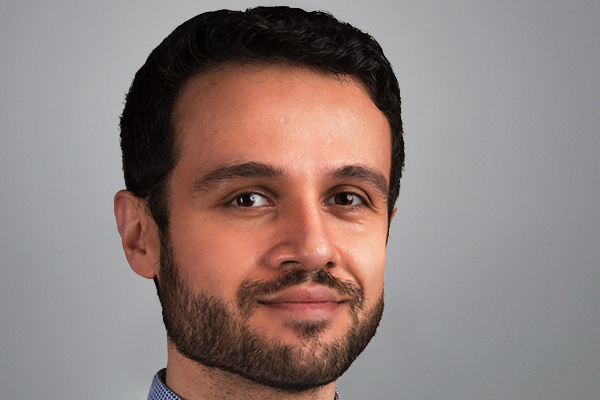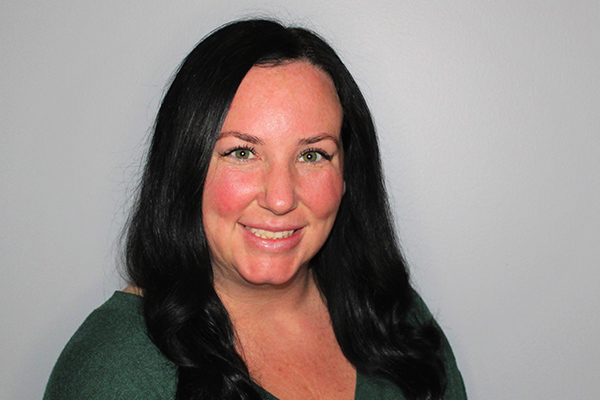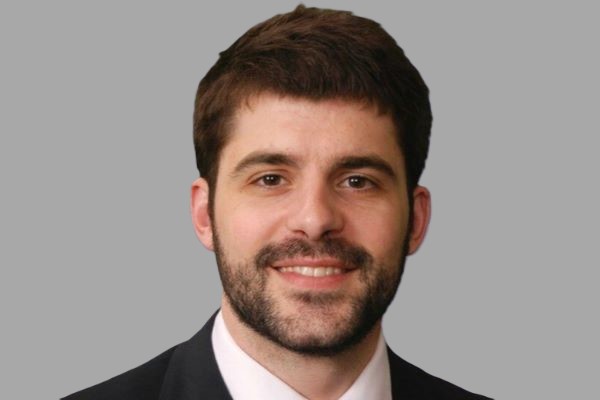Find a Psychiatrist or Counselor Who Fits Your Needs at SamaraCare
Choose a Care Provider
SamaraCare is home to the best Psychiatrists and Counselors in Naperville, Lisle, Wheaton, Evanston and Winnetka.
Daniella Capodice
Licensed Clinical Professional Counselor
Samira Mohammed
Pre-Licensed
Jabeen Ali
Child and Adolescent Psychiatrist, M.D.
Matt Dzikowski
Clinical Psychologist, Psy.D
Amna Siddique
Child, Adolescent, and Adult Psychiatrist D.O.
Anna Mackender
Psychiatrist, M.D.
Rebecca Durkin
Psychiatrist, M.D.
Jeffrey L. Santee
Licensed Clinical Psychologist, Ph.D., DCEP
Stacey Schulte
Psychiatric Mental Health Nurse Practitioner
Kary Pekarek
Clinical Training Coordinator, Licensed Clinical Social Worker, MSW
Ishaq (Isaac) Lachin
Child/Adolescent/Adult Psychiatrist, M.D.
Maureen Gonzalez
Licensed Clinical Professional Counselor, M.S.
Bill Papagiannopoulos
Child/Adolescent/Adult Psychiatrist, M.D.
Cynthia Guadalupe Penne
Bilingual Licensed Clinical Psychologist, MBA, Psy.D.
Genalin Niere-Metcalf
Clinical Psychologist, Spiritual Director/Clergy Congregational Care, B.S.N., M.A., Psy.D.















